Austrian Pine
This very long needled pine, also known as black pine, in the past were grown extensively for Christmas trees, however they have lost popularity in recent years. Needles are long, stiff, round and grow in bundles. The darker green color and heavy thick branches, spaced at wide intervals, attract buyers with lots of space and large heavy ornaments. Needle retention is very good. This variety is more difficult to find today.
Scotch Pine
Has been the most popular Christmas tree in Ohio-this pine has dark to medium green color with firm branches. Needle retention is very good. Needles range from 1.5″ to 3″ long and grow in clusters of two. Depending on shearing, this tree can be very full. It is found statewide and is easy to decorate.
White Pine
This fluffy looking Christmas tree with its bright green color and excellent needle retention make it a popular tree. The needles are long, soft and grow in clusters of five. The tree has soft pliable branches and extremely heavy ornaments may pull the branches out of shape. If sheared closely, and long ornament hooks are used this fragrant soft tree is friendly to young fingers and a full looking tree.
Canaan Fir
Canaan fir also called West Virginia Balsam Fir is a genetic cross of the northern balsam fir from the northern United States and Canada and the Fraser balsam fir from the southeastern United States. The blue-green, flatish needles are a silvery color on the underside of the branches. Its fragrance is sweet and spicy like balsam and Fraser fir. Its soft lacing branches are sturdy enough to support ornaments of many sizes. This variety is grown in Ohio for its tolerance to our heavier clay based soils. Needle retention is very good for this water loving tree.
Fraser Fir
Fraser fir is the balsam fir of the southeastern United States, grown on well drained but fairly moist soils. Its dark blue-green needles are flat in appearance attached singly to its branches. These sturdy and symmetrically branched trees have a distinct blue/silver color on the underside their needles. This fragrant tree has excellent needle retention and is considered the ‘cadillac’ of cut Christmas trees. If the grower has the correct soils and drainage, this tree can be grown in Ohio producing an excellent classic Christmas tree.
Douglas Fir
This green to blue-green tree has soft needles about 1″ long. The flat green needles are attached to the branches singly. Although the branches are soft and pliable, its growth habit is very full giving the decorator a multitude of branches for placing ornaments. Its distinctive feature is its citrus scent–similar to lemons and oranges. This species normally grows in northern United States (east and west) at higher elevations than in Ohio. This makes this early budding tree sensitive to our early spring frosts. Needle retention is very good –an excellent fragrant Christmas tree. (It’s not a true fir.)
Concolor Fir
Also known as white fir, this long-needled fir has round 1.5″ to 2.5″ long silvery-blue needles singly attached to the branches in an upright manner. This species normally grows in high elevations in the mountain ranges on the west coast. This early budding fir is sensitive to our early spring frosts. It prefers well drained but moist soil. Concolor fir grow with vigor and will accept moderate to severe shearing to control the growth. This layered, slightly wild growing, tree has very good to excellent needle retention. The strong citrus and somewhat soapy scent is unique to this tree.
Colorado Blue Spruce
Blue spruce come in a variety of colors from a light powdery blue to a rich dark blue-green. Its 1″ long , round sharp needles are attached singly to heavy branches in a bottle brush fashion. This tree will accept heavy ornaments, is usually full when kept sheared or it can be layered in appearance to allow spaces for large decorations. Blue spruce have a nice aroma but the needle retention is average.
Norway Spruce
Norway spruce are found throughout the United States. In Ohio it is considered an endemic (or naturally occurring) tree. The shiny dark green needles of this spruce are what makes it the traditional Christmas tree. Its short .50″ to.75″ needles are attached to the branches singly. This densely branched tree has a traditional fragrance and sturdy branches for ornaments. Most often used as a landscaping tree today, it can still be found as a Christmas tree at some plantations. Needle retention is fair–so make sure this tree has been fresh cut (or you cut it) in mid December to get the best results in the house.
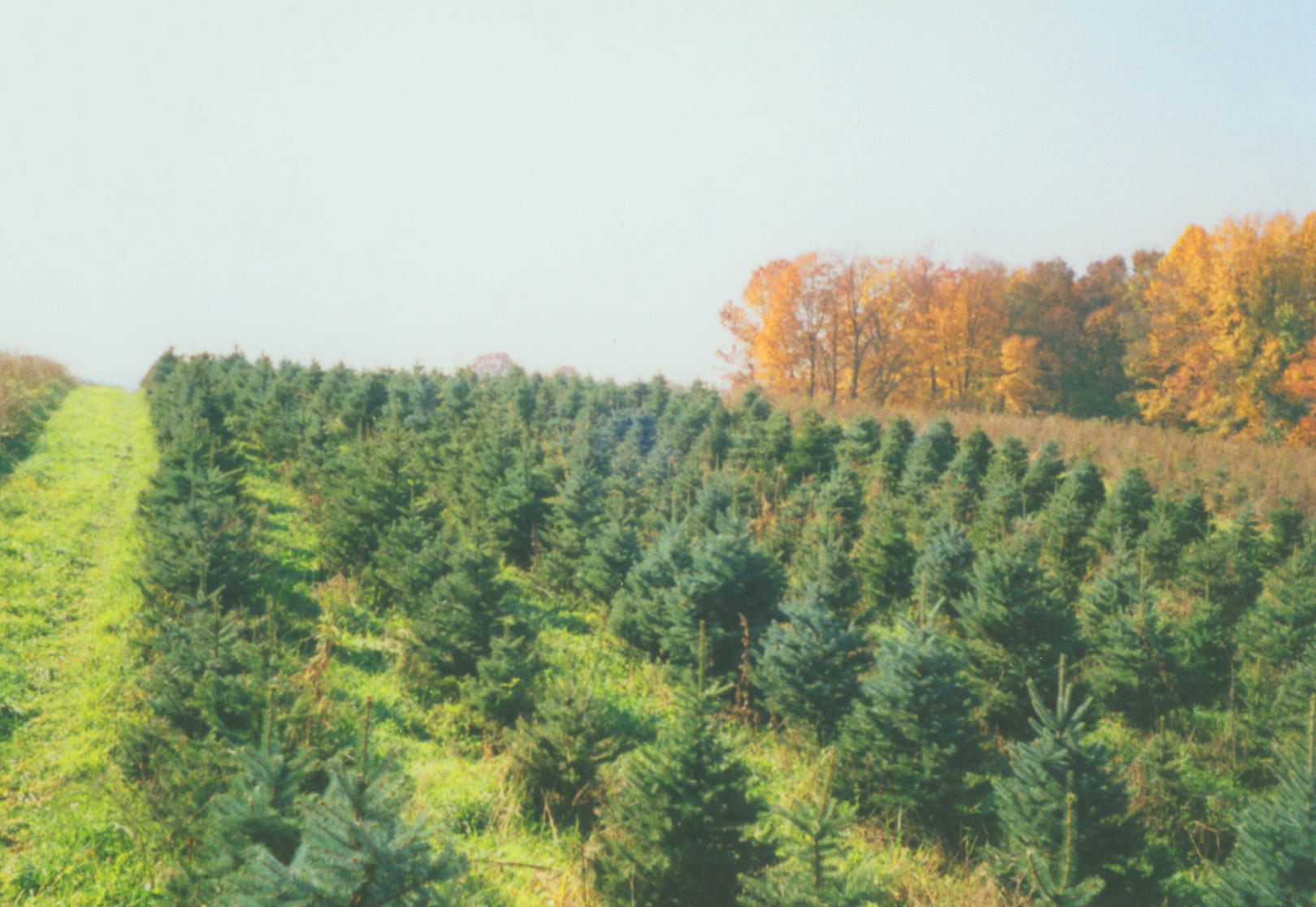
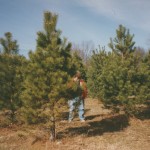
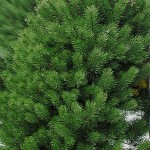
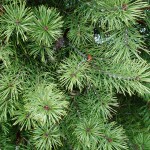
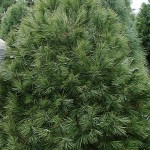
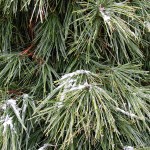
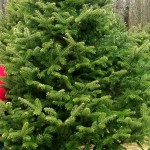
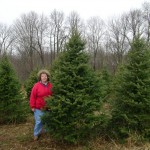


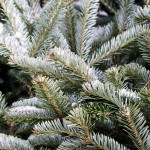
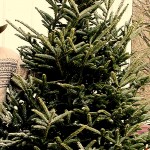

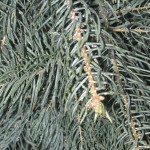

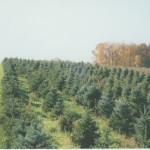
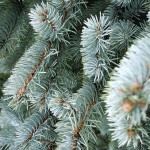
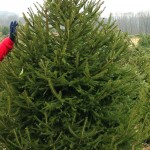
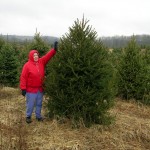
Recent Comments